Grandma's Blackberry Jelly: A Taste of Tradition
There's something truly special about preserving family recipes and carrying on the culinary traditions of our ancestors.
- Today, I want to share with you a cherished recipe for blackberry jelly that has been passed down through generations in my family. It's a recipe that originated in the mountains, and it's one that never fails to produce the most delightful and flavorful jelly. So, let's dive into the process of turning fresh blackberries into a jar of sweet and tangy goodness!
Step 1: Gathering the Blackberries
- The first step in making blackberry jelly is, of course, gathering the star ingredient - blackberries! Whether you pick them from your own backyard or venture out to a local farm, make sure to select ripe and juicy berries for the best flavor. Ideally, you'll need about 3 gallons of blackberries to yield a substantial amount of jelly.
Step 2: Cooking the Blackberries
- Once you have your blackberries ready, it's time to cook them down to a pulp. In a large pot, add the blackberries and cook them over medium heat until they become soft and mushy. This process helps release the natural juices and intensify the flavors of the berries.
Step 3: Straining the Juice
- To achieve a smooth and seed-free jelly, it's essential to strain the cooked blackberries. You can use a cheesecloth or a clean ham sack to do this. Simply place the cloth over a large bowl or pot, and carefully pour the cooked blackberries onto the cloth. Allow the juice to drain through, collecting all the liquid goodness while leaving behind the seeds and pulp.
Step 4: Adding the Sweetness
- Now that you have a bowl filled with the luscious blackberry juice, it's time to add the perfect amount of sweetness. For every 1 cup of blackberry juice, you'll need to add 1 cup of sugar. So, if you have 20 cups of juice, you'll add 20 cups of sugar. This combination of sweet and tangy flavors is what gives blackberry jelly its irresistible taste.
Step 5: Cooking the Jelly
- With the blackberry juice and sugar combined, it's time to embark on a cooking journey that will further enhance the flavors. In a clean pot, pour in the juice-sugar mixture and bring it to a gentle boil over medium heat. Stir occasionally to ensure the sugar dissolves completely.
Step 6: The Cooking Process
- Now comes the patience part. Allow the blackberry juice and sugar mixture to cook for about 3 hours. This slow cooking process helps the mixture thicken and develop into a luscious jelly consistency. During this time, you'll notice the aroma of blackberries filling your kitchen, teasing your taste buds with the promise of a delectable treat.
Step 7: Testing for Doneness
- To determine if your blackberry jelly is ready, you can perform a simple test. Take a small amount of the mixture and place it on a chilled plate. If it forms a gel-like texture and doesn't run when tilted, your jelly is done. If it's still too runny, continue cooking for a bit longer and repeat the test until you achieve the desired consistency.
Step 8: Preserving the Jelly
- Once your blackberry jelly reaches the perfect consistency, it's time to transfer it into sterilized jars. Carefully ladle the hot jelly into the jars, leaving a small amount of headspace. Seal the jars tightly and let them cool completely. As the jelly cools, it will set into a firm, spreadable texture, ready to be enjoyed on toast, biscuits, or even as a delightful addition to your favorite desserts.
Step 9: Savoring the Tradition
Congratulations! You've successfully transformed fresh blackberries into a jar of homemade blackberry jelly, using a recipe that has stood the test of time.
With every spoonful, you'll taste the love and tradition that has been passed down through generations. It's a delicious reminder of the flavors and memories that connect us to our roots.
Blackberry Jelly Recipe, Tradition, Family Recipe, Preserving




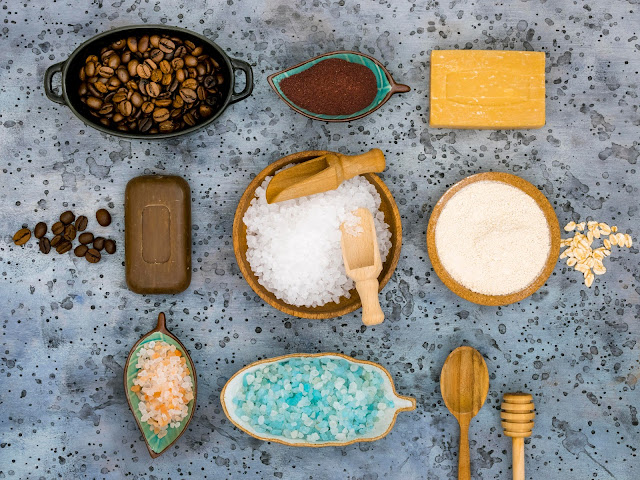

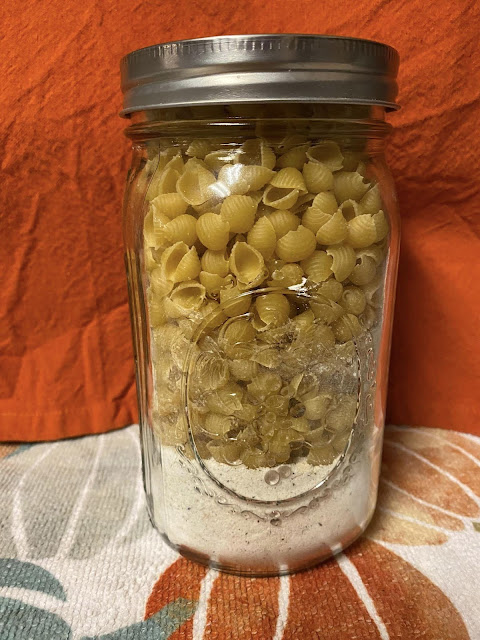




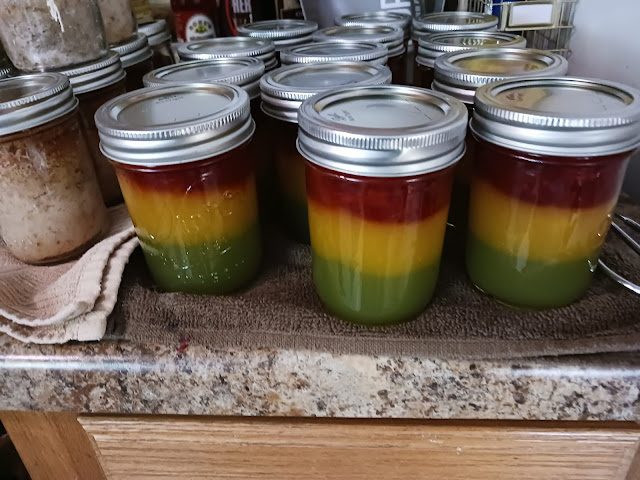

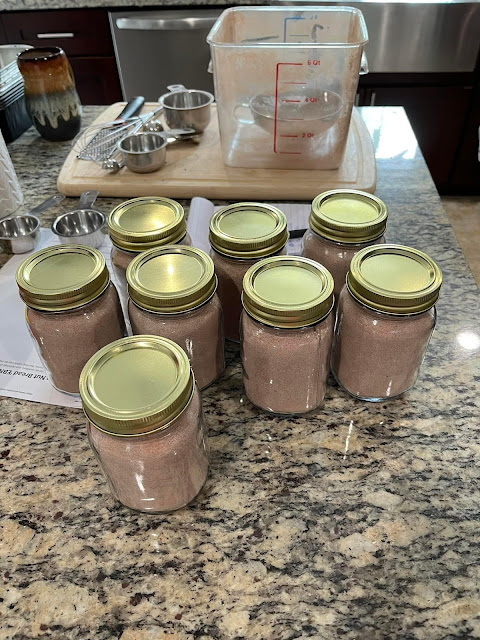
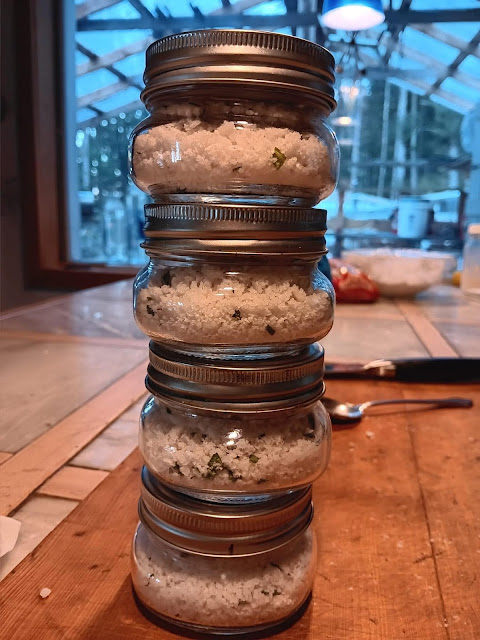
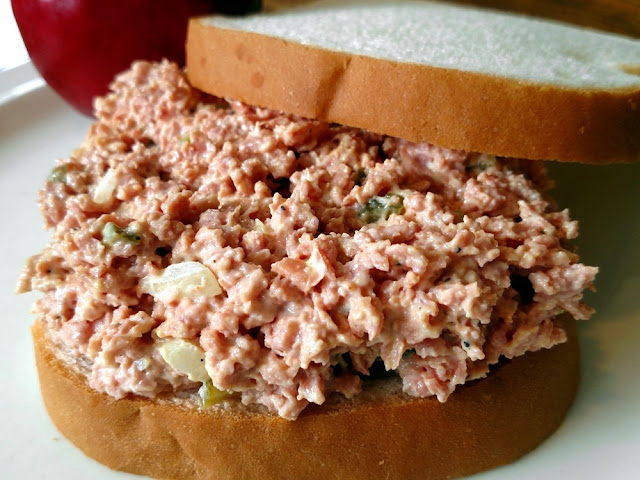
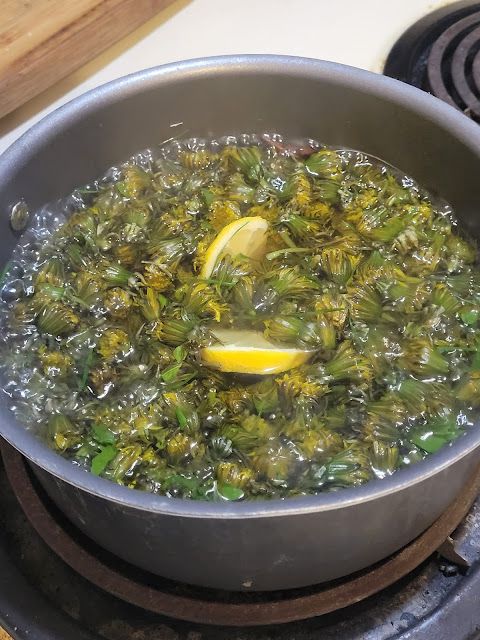



Comments